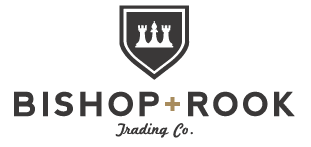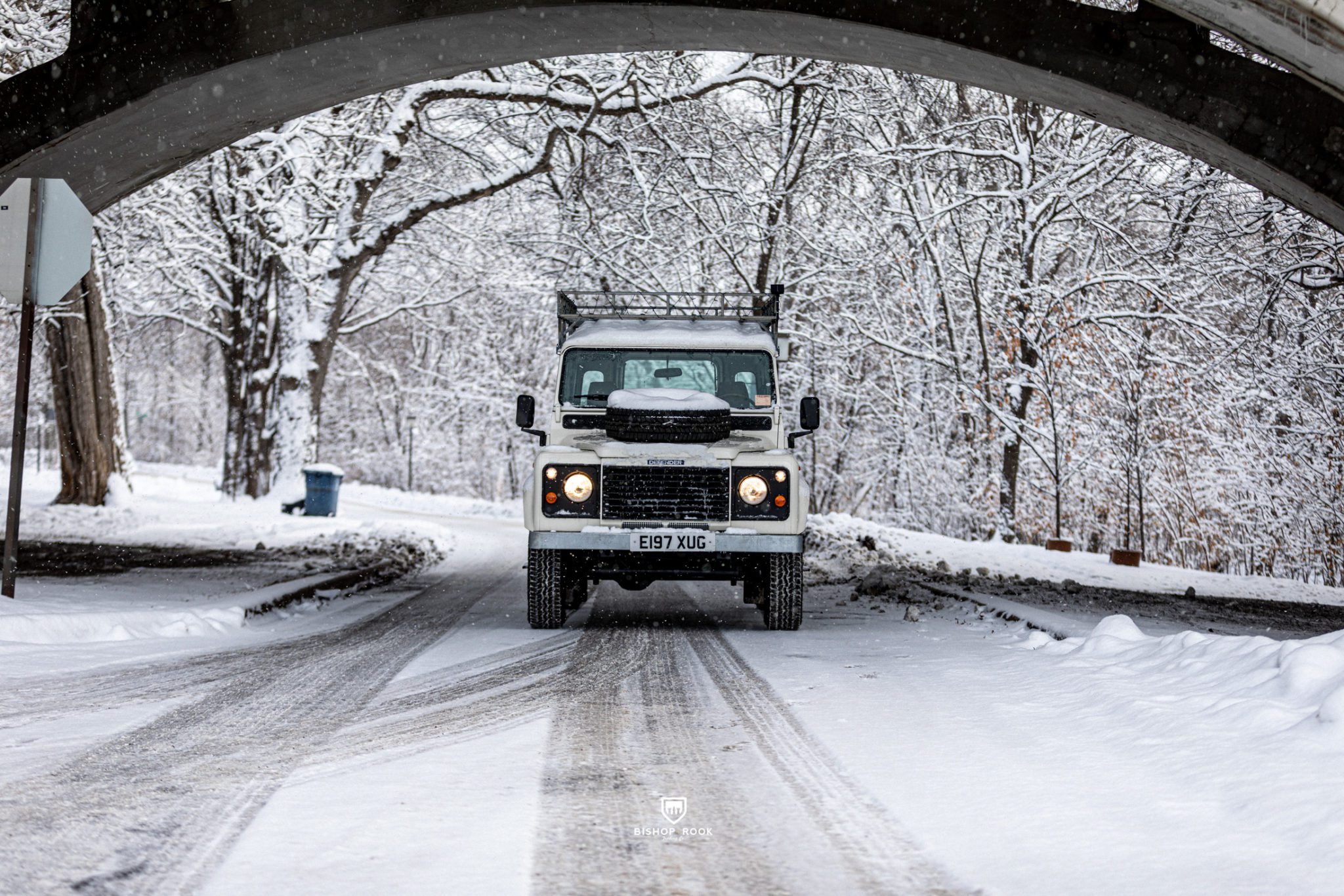While we’ve never really counted the exact number, we think it’s fair to say that the Defender likely has thousands of bolts, fasteners, brackets, and other small parts. These fasteners secure various components and parts throughout the vehicle, including the engine, transmission, suspension, body panels, interior components, and more. During the restoration process of one of our Heritage or Bespoke builds, every single one of these bolts comes off the vehicle.
Land Rover Defender Bolts & Fasteners
Over the years, these bolts and fasteners are subjected to a variety of conditions leading to rust, corrosion, stripped heads (from various repairs over the years), and general fatigue from use. While it’s possible to replace every single nut and bolt on a Defender with new, we like to take a preservation approach to these critical components – helping to preserve the originality of each build.

During the disassembly process, we catalog all the bolts that come off each stripped Defender. We categorize them into a few types: toss, keep, replace, refurbish, or upgrade. We often replace critical bolts with stainless steel (hinges, chassis brackets, etc.) to prevent future issues. Some bolts can be cleaned up and re-used as they are, but oftentimes, these dirty, oily, or surface-rusted bolts let the overall finish down. Granted, there are many instances when new bolts flash rust within hours of being installed. The nature of our global supply chain is that we can’t always guarantee quality materials, with some of them flash rusting within hours of taking them out of the packaging.
When we looked for ways to build high-quality Land Rover Defenders that would last the test of time, we discovered the process and benefits of building and re-assembling with zinc-plated bolts and fasteners. This discovery was made as part of our decision several years ago to try and save as much of the original vehicle as possible. Beyond that, we wanted to make sure we were using the best parts and materials possible.

Saving the Original Land Rover Defender Bolts & Fasteners
Ultimately, the decision to zinc plate old bolts or replace them with new ones depends on factors like the specific restoration project, budget constraints, availability of replacement hardware, and the importance of historical accuracy. When executed properly, zinc plating can offer a practical and visually appealing solution to enhance the performance and aesthetics of these older Land Rover OEM fasteners.
Zinc plating bolts is a vital step in our unique process of vintage Defender restoration, offering several significant benefits. Firstly, zinc plating enhances the bolts’ resistance to corrosion, safeguarding them from the effects of moisture and oxidation, which can be especially important for older vehicles like a Defender with exposed hardware. This not only preserves the bolts’ functionality but also maintains the authenticity and aesthetics of the build. Zinc-plated bolts are easier to clean and maintain, ensuring they remain in excellent condition over time. The added durability and improved appearance make them a worthwhile investment for any enthusiast seeking to bring their treasured vehicle back to its former glory.

The Zinc Plating Process for Land Rover Defender Bolts
Zinc plating old bolts is a process that can help restore their appearance and protect them from corrosion. Here is a general outline of the steps involved in the process we use to preserve the original Land Rover Defender bolts and fasteners:
- Disassembly: If the old bolts are part of a larger assembly or attached to a component, we carefully disassemble them, keeping track of their original locations to ensure proper reassembly.
- Cleaning: We remove any dirt, rust, or old coatings from the bolts. This can be done through wire brushing, sandblasting, or chemical cleaning. We have to ensure the bolts are completely free of contaminants to achieve a high-quality finish.
- Degreasing: We clean each bolt and fastener to remove oils or grease. We typically use a solvent-based degreaser for this purpose.
- Pickling or Acid Bath: Oftentimes, the bolts may be submerged in an acid bath to remove any remaining rust or scale. This step also prepares the surface for plating.
- Electroplating: The cleaned and prepared bolts are immersed in a zinc electroplating bath. Electroplating involves passing an electrical current through the bolts, causing the zinc ions to bond to the surface. This process creates a protective layer of zinc over the bolts, giving them a shiny, corrosion-resistant finish.
- Passivation: After plating, the bolts may be passivated, which involves rinsing and treating them with a chromate solution to enhance the corrosion resistance and improve the appearance.
- Drying: The plated bolts are thoroughly dried to remove any excess moisture.
- Quality Control: The bolts are inspected for quality and adherence to plating standards. Any imperfections are addressed.
- Reassembly: Once the bolts have been successfully zinc plated, they can be reassembled into the components or assemblies from which they were removed.
- Final Inspection: The reassembled parts are inspected to ensure that everything is in proper working order and that the bolts maintain their corrosion-resistant finish.
Why We Preserve the Original Land Rover Defender Parts and Fasteners
Preserving the original Land Rover Defender parts during a restoration process is a practice rooted in both preserving the vehicle’s heritage and ensuring optimal quality. By retaining as much of the original vehicle as possible, we uphold the Defender’s unique history and character, allowing its legacy to endure. Moreover, original equipment manufacturer (OEM) bolts and fasteners often surpass their modern replacements in terms of quality and craftsmanship.
These specifically engineered components are precisely matched to the Defender’s specifications and have proven their durability over time. Keeping these original parts not only maintains the vehicle’s authenticity but also ensures that it continues to perform at its best, underscoring the timeless value of preserving the Defender’s legacy.



















You must be logged in to post a comment.